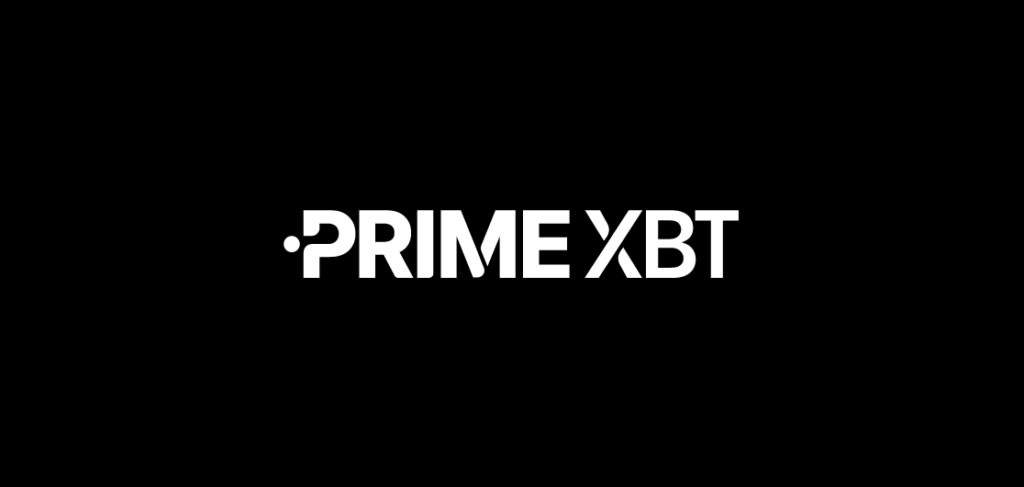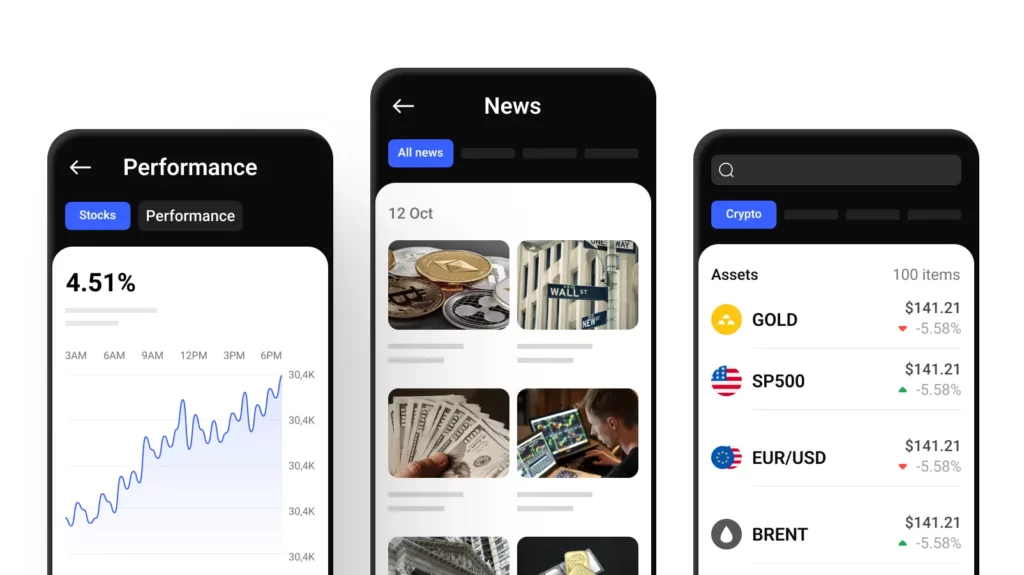Limit vs Market Order Fees on PrimeXBT
PrimeXBT is a popular trading platform that offers various types of orders to facilitate different trading strategies. Among the most commonly used orders are limit orders and market orders. Understanding the differences between these two types of orders and their associated fees is crucial for optimizing your trading strategy and managing costs effectively. This comprehensive guide will provide detailed insights into limit vs market order fees on PrimeXBT, helping you make informed decisions and enhance your trading performance.

Introduction to PrimeXBT Order Types
PrimeXBT offers a range of order types to accommodate different trading strategies and preferences. The two primary order types are limit orders and market orders. Each type has its unique characteristics and fee structure, which can impact your overall trading costs and outcomes.
Limit orders allow traders to specify the price at which they are willing to buy or sell an asset. These orders are executed only when the market price reaches the specified limit price. Market orders, on the other hand, are executed immediately at the current market price. Understanding how these orders work and their associated fees is essential for effective trading on PrimeXBT.
- Limit Orders: Orders placed at a specific price, executed only when the market price reaches the specified limit.
- Market Orders: Orders executed immediately at the current market price.
- Fee Structure: Different fees are associated with limit and market orders, affecting overall trading costs.
- Trading Strategies: The choice between limit and market orders can influence your trading strategy and outcomes.
- Order Execution: Understanding how orders are executed helps in planning and managing trades effectively.
In the following sections, we will explore the specifics of limit orders and market orders, their respective fees, and how to optimize your trading strategy on PrimeXBT. Let’s start by examining limit orders in detail.
Next, we will delve into the details of limit orders and their associated fees.
Limit Orders on PrimeXBT
Limit orders are a type of order where the trader specifies the price at which they are willing to buy or sell an asset. These orders are executed only when the market price reaches the specified limit price. Limit orders offer greater control over the execution price but may not be executed if the market does not reach the limit price.
Limit orders are particularly useful for traders who have a specific price target in mind and are willing to wait for the market to reach that price. By setting a limit order, traders can avoid the potential slippage associated with market orders, ensuring that they buy or sell at the desired price.
- Price Control: Traders can specify the exact price at which they want to buy or sell an asset.
- Execution Conditions: Orders are executed only when the market price reaches the specified limit price.
- Fee Structure: PrimeXBT typically charges lower fees for limit orders compared to market orders, as they add liquidity to the market.
- Advantages: Limit orders provide better price control and can reduce trading costs due to lower fees.
- Disadvantages: There is a risk that the order may not be executed if the market does not reach the limit price.
Understanding the mechanics of limit orders and their fee structure can help traders make more informed decisions and optimize their trading strategies. In the next section, we will discuss market orders and their associated fees on PrimeXBT.
Next, we will explore market orders and how they differ from limit orders.
Market Orders on PrimeXBT
Market orders are orders to buy or sell an asset immediately at the current market price. Unlike limit orders, market orders are executed instantly, ensuring that the trader’s order is filled as quickly as possible. This type of order is ideal for traders who prioritize speed and certainty of execution over the exact price.
Market orders are useful in situations where immediate execution is more important than the price, such as in fast-moving markets or when trying to enter or exit a position quickly. However, market orders can be subject to slippage, where the execution price is different from the expected price due to rapid market movements.
- Immediate Execution: Orders are executed instantly at the current market price.
- Certainty of Execution: Ensures that the order is filled quickly, which is crucial in fast-moving markets.
- Fee Structure: PrimeXBT typically charges higher fees for market orders compared to limit orders, as they remove liquidity from the market.
- Advantages: Market orders provide certainty of execution and are ideal for entering or exiting positions quickly.
- Disadvantages: There is a risk of slippage, where the execution price may differ from the expected price.
By understanding the characteristics of market orders and their fee structure, traders can decide when to use market orders based on their trading strategies and market conditions. In the next section, we will compare the fees associated with limit and market orders on PrimeXBT.
Next, we will compare limit and market order fees on PrimeXBT in detail.
Comparison of Limit and Market Order Fees on PrimeXBT
PrimeXBT charges different fees for limit and market orders, reflecting their respective impacts on market liquidity. Understanding these fee differences is crucial for managing trading costs and optimizing your trading strategy.
Limit orders, which add liquidity to the market, typically incur lower fees compared to market orders, which remove liquidity. This fee structure incentivizes traders to use limit orders, contributing to a more liquid and efficient market. However, the choice between limit and market orders should be based on your trading strategy and priorities, such as price control versus execution speed.
- Lower Fees for Limit Orders: PrimeXBT charges lower fees for limit orders as they add liquidity to the market.
- Higher Fees for Market Orders: Market orders incur higher fees as they remove liquidity from the market.
- Impact on Trading Costs: The choice between limit and market orders can significantly affect your overall trading costs.
- Example Calculation: A comparison of fees for a $10,000 trade using limit and market orders on PrimeXBT.
- Strategic Considerations: Factors to consider when choosing between limit and market orders based on trading goals.
Understanding these fee differences can help traders choose the most cost-effective order type for their specific trading scenarios. In the next section, we will provide practical tips for optimizing your trading strategy on PrimeXBT using limit and market orders.
Next, we will provide tips for optimizing your trading strategy on PrimeXBT using limit and market orders.
Optimizing Your Trading Strategy on PrimeXBT
Optimizing your trading strategy on PrimeXBT involves understanding when to use limit orders versus market orders based on your trading goals, market conditions, and cost considerations. By strategically choosing the appropriate order type, you can enhance your trading efficiency and minimize costs.
For example, using limit orders can be advantageous when you have a specific price target and are not in a hurry to execute the trade. This approach can help you avoid slippage and benefit from lower fees. On the other hand, market orders can be useful when you need to execute a trade quickly, such as in fast-moving markets or when reacting to breaking news.
- Use Limit Orders for Price Control: Set limit orders to buy or sell at a specific price, ensuring better control over the execution price.
- Use Market Orders for Speed: Opt for market orders when immediate execution is crucial, such as during high volatility or urgent market conditions.
- Monitor Market Conditions: Adjust your order type based on market liquidity, volatility, and other relevant factors.
- Combine Order Types: Use a combination of limit and market orders to balance control and execution speed in your trading strategy.
- Evaluate Trading Costs: Regularly review and evaluate the fees associated with your trades to optimize cost efficiency.
By following these tips, traders can develop a more effective and cost-efficient trading strategy on PrimeXBT. In the next section, we will provide a detailed summary of the key points discussed in this article.
Next, we will summarize the key points discussed in this article.

Summary of Limit vs Market Order Fees on PrimeXBT
| Order Type | Description | Fee Structure | Advantages | Disadvantages |
|---|---|---|---|---|
| Limit Orders | Orders placed at a specific price, executed only when the market reaches the limit price | Lower fees as they add liquidity to the market | Better price control, lower fees | Risk of non-execution if market does not reach limit price |
| Market Orders | Orders executed immediately at the current market price | Higher fees as they remove liquidity from the market | Immediate execution, certainty of execution | Risk of slippage, higher fees |
This table provides a quick reference to the key differences between limit and market orders on PrimeXBT, their fee structures, and their respective advantages and disadvantages. Understanding these aspects is crucial for making informed trading decisions.